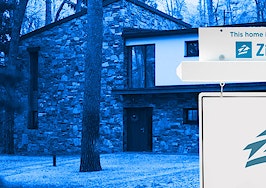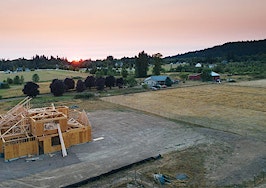A new report from real estate consulting and analysis firm T3 Sixty found that the real estate industry went into “hyperdrive” during 2021, with an influx of technology and funding driving change, and that this phase could ultimately last for years.
The 2022 Swanepoel Trends Report (STR) — which is the 17th annual iteration of the document — runs more than 200 pages long and identifies an array of trends that have recently shaped the industry. Among them, “billions of dollars invested into the residential real estate industry in recent years has contributed to an increasing cadence of technology acquisitions,” according to a a T3 Sixty statement on the report. High profile examples include Zillow’s purchase of ShowingTime and CoStar’s acquisition of Homes.com.
The report runs through a variety of other deals and explains that real estate companies have bought other firms in order to acquire products, pursue market penetration and for the purposes of market expansion. The result has been a period of consolidation in the brokerage technology space between January 2019 and September 2021.
The report also explores the so called “Great Reshuffling,” which is a term that emerged during the coronavirus pandemic to describe newly remote workers who opted to move to new cities or regions. In many cases, workers made the moves in search of more spacious living arrangements or to find cheaper housing away from pricy coastal metro areas.
The statement on the report report explains “that Covid-19 did not necessarily create new moving trends, but accelerated some already long-developing ones,” including those to cheaper and more rural areas. Additionally, “second-tier” cities also “gained remarkable attention” during the pandemic.
“From June 2020 to June 2021, for example, home prices increased the most in the following cities: Boise, Idaho; Austin, Texas; Provo, Utah; Colorado Springs, Colorado; and Youngstown, Ohio,” the statement adds.
The end result of the various trends the report describes is a trend it calls the “Great Acceleration.” The trend will be dominated by “increasing concentration of production and market share among the nation’s largest real estate companies,” and by “the growth of financing from public markets and private equity,” the statement notes.
And in the end, this period could last years.
“Massive amounts of financing, rapid technology development and new business models that emerged over the last decade have catalyzed the industry into hyperdrive and will determine this era’s competitive framework,” the statement concludes. “Previous stages have lasted for an average of 10 to 15 years, and this new stage just got started in 2021.”
To read the entire report, click here.












